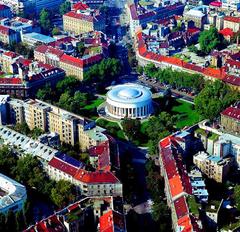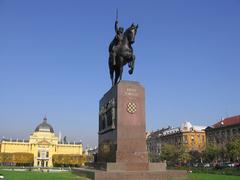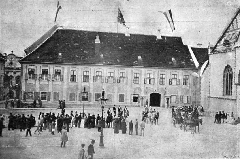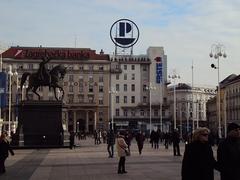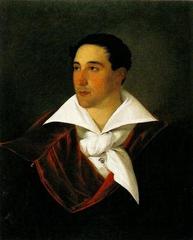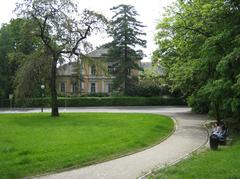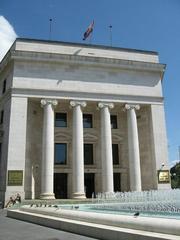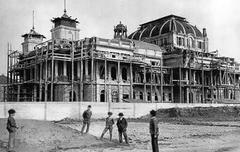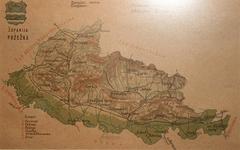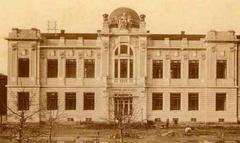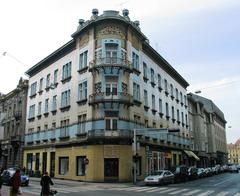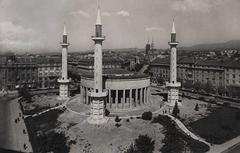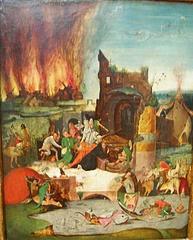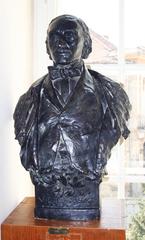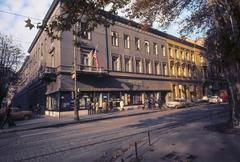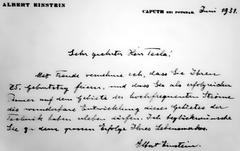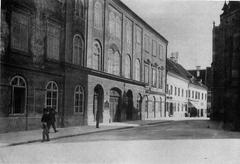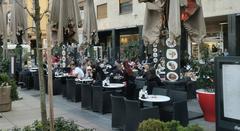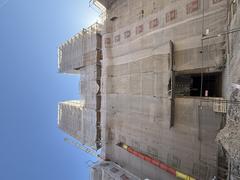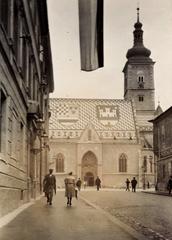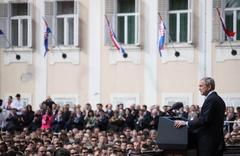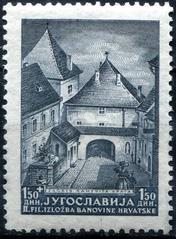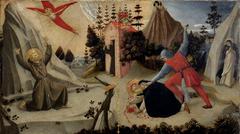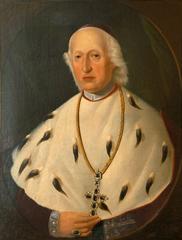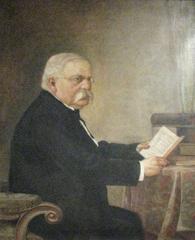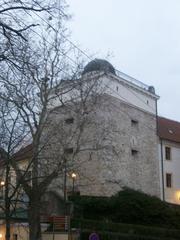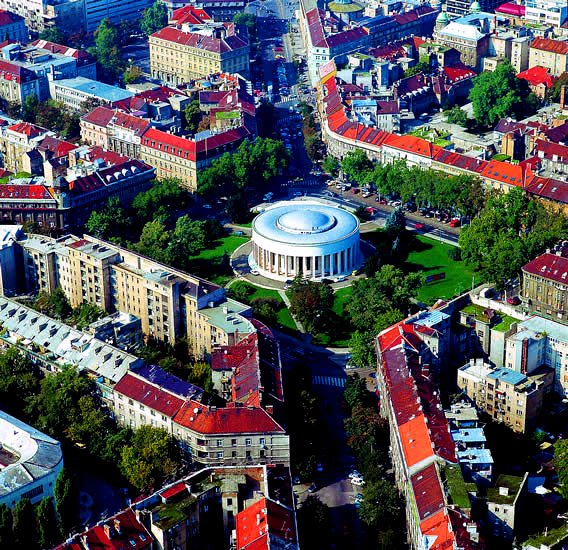
Square of the Victims of Fascism, Zagreb: Visiting Hours, Tickets, and Historical Significance
Date: 14/06/2025
Introduction
The Square of the Victims of Fascism (Trg žrtava fašizma) in Zagreb is one of Croatia’s most significant urban spaces, encapsulating a profound blend of historical memory, architectural innovation, and civic life. Located in the city’s Lower Town (Donji Grad), this square stands as a poignant testament to Zagreb’s evolution throughout the 20th century, reflecting the city’s political, social, and cultural transformations. At its heart is the renowned Meštrović Pavilion—an architectural and artistic landmark that embodies the square’s enduring role as a center for remembrance and creative expression (Wikiwand, Total Croatia News, Wikipedia).
Whether you are seeking to explore Zagreb’s layered history, engage with contemporary art, or simply enjoy a tranquil green space in the city center, the Square of the Victims of Fascism offers a multifaceted experience for visitors. This guide provides detailed insights into its history, architectural highlights, visitor facilities, and practical travel tips, ensuring you make the most of your visit.
Table of Contents
- Origins and Early Development
- Meštrović Pavilion: Architecture and Cultural Role
- The Square’s Symbolism and Historical Layers
- Visiting Hours, Tickets, and Guided Tours
- Accessibility, Facilities, and Travel Tips
- Nearby Attractions and Walking Distances
- Events, Commemorations, and Visitor Etiquette
- Frequently Asked Questions (FAQ)
- Visuals, Media, and Further Resources
- Conclusion and Visitor Recommendations
1. Origins and Early Development
The Square of the Victims of Fascism traces its beginnings to Zagreb’s 1923 urban expansion plan. Designed as a new focal point for the city’s eastern district, the square was established on the site of a former fairground, strategically positioned at the convergence of Rački, Višeslavova, Zvonimirova, and Dukljaninova streets (Wikiwand). Its geometric layout and integration of tram and automobile traffic were forward-thinking for the era, aiming to serve both residential and commercial needs. Four prominent buildings, constructed during the interwar period, frame the square and reinforce its importance as a transportation and civic hub (DBpedia).
2. Meštrović Pavilion: Architecture and Cultural Role
At the center of the square stands the Meštrović Pavilion, an outstanding example of modernist architecture designed by the celebrated sculptor Ivan Meštrović, with architects Harold Bilinić and Ladislav Horvat (Total Croatia News). Completed in 1938, the pavilion’s circular form, colonnade, and domed skylight create a “temple of visual arts” that has hosted landmark exhibitions since its opening.
Throughout its history, the pavilion has adapted to shifting political and cultural currents:
- 1938–1941: Opened as an art gallery, central to Zagreb’s cultural life.
- World War II: Transformed into a mosque by the fascist regime, with minarets and Islamic calligraphy added.
- Post-War Period: Became the Museum of the Croatian Revolution, dedicated to anti-fascist resistance.
- Present: Restored as the Home of Croatian Artists (HDLU), it now hosts contemporary exhibitions and cultural events (HDLU Official Site).
3. The Square’s Symbolism and Historical Layers
The square’s name and function have shifted in response to Croatia’s turbulent 20th-century history. Originally named after King Petar Svačić, the square was renamed in 1946 to honor the victims of fascism, reflecting the broader Yugoslav effort to commemorate wartime suffering and resistance (Wikipedia). It continues to serve as a site for public gatherings, commemorative ceremonies, and civic engagement, hosting annual events such as Victory Day and the Day of Remembrance for the Victims of Fascism.
Subtle memorial plaques and sculptures throughout the square invite reflection and deepen its role as a living monument to Croatia’s past (Wikimedia Commons).
4. Visiting Hours, Tickets, and Guided Tours
Square Access
- Open 24/7: The square itself is a public space accessible at all times, with no entrance fee.
Meštrović Pavilion (Dom HDLU)
- Opening Hours: Tuesday to Sunday, 11:00 AM – 7:00 PM; closed Mondays. Hours may vary for special exhibitions or events (HDLU Official Site).
- Tickets: Standard admission is usually 20–40 HRK (Croatian Kuna); discounts are available for students, seniors, and groups. Members of the HDLU enter free.
- Guided Tours: Organized tours highlighting the pavilion’s history and current exhibitions can be arranged in advance through local agencies or the HDLU.
5. Accessibility, Facilities, and Travel Tips
Getting There
- Public Transport: Served by multiple tram lines (1, 4, 9, 13, 17), with stops adjacent to the square (Trek Zone).
- Walking and Cycling: The square is centrally located and easily reachable by foot or bicycle from major city landmarks.
Facilities
- Accessibility: The square and pavilion are wheelchair accessible, with ramps and adapted restrooms.
- Amenities: Benches, shaded areas, and nearby cafés and restaurants provide comfort for visitors. Public restrooms are available in local establishments.
Practical Tips
- Best Time to Visit: Spring and summer offer pleasant weather and vibrant landscaping. Daytime visits are recommended for appreciating architectural and artistic details.
- Safety: The area is well-lit, safe, and regularly patrolled, though visitors should be mindful of their belongings during busy events.
6. Nearby Attractions and Walking Distances
The square’s central location makes it an ideal starting point for exploring Zagreb’s historical and cultural sites:
- Zagreb Cathedral: 7-minute walk
- Archaeological Museum: 8-minute walk
- Strossmayer Gallery of Old Masters: 8-minute walk
- Ban Jelačić Square: 8-minute walk
- Dolac Market: 9-minute walk
- Modern Gallery: 9-minute walk
- Komedija Theatre: 10-minute walk
- Art Pavilion: 11-minute walk
- St. Mark’s Church: 12-minute walk
- Monastery of St. Francis Assisi: 12-minute walk (Trek Zone)
7. Events, Commemorations, and Visitor Etiquette
The square is the venue for annual commemorations, public gatherings, and cultural festivals—especially in connection with the Meštrović Pavilion’s exhibition schedule (Time Out Croatia). During such events, visitors should:
- Maintain a respectful demeanor.
- Refrain from disruptive behavior.
- Follow any posted restrictions regarding photography or access.
8. Frequently Asked Questions (FAQ)
Q: What are the visiting hours for the Square of the Victims of Fascism?
A: The square is open 24/7. The Meštrović Pavilion is generally open Tuesday to Sunday, 11:00 AM to 7:00 PM.
Q: Is there an entrance fee?
A: The square is free; pavilion exhibitions may require a ticket.
Q: Are guided tours available?
A: Yes, available by arrangement through the HDLU or local tour operators.
Q: Is the site accessible for visitors with disabilities?
A: Yes, both the square and pavilion are equipped for accessibility.
Q: Can I take photos?
A: Photography is permitted, except during certain exhibitions or ceremonies.
9. Visuals, Media, and Further Resources
For an enhanced visit, consult official tourism websites and the HDLU for photo galleries, virtual tours, and interactive maps. Recommended image alt texts include:
- “Meštrović Pavilion at Square of the Victims of Fascism in Zagreb”
- “Memorial plaques honoring victims of fascism in Zagreb square”
10. Conclusion and Visitor Recommendations
The Square of the Victims of Fascism is more than a historical site—it is a living space where remembrance, community, and artistic innovation converge. Its central location, accessibility, and proximity to other key attractions make it an essential stop for anyone wishing to understand Zagreb’s dynamic past and present. From the monumental Meštrović Pavilion to the tranquil green spaces and commemorative events, the square offers a meaningful, memorable experience for all visitors.
Plan your visit today: For updated information, upcoming events, and exclusive guides, download the Audiala app, explore the HDLU’s official channels, and browse related articles on Zagreb’s historical and cultural sites.
Further Reading and Official Resources
- Total Croatia News: Meštrović Pavilion Turbulent History
- Wikiwand: Square of the Victims of Fascism
- Wikipedia: Square of the Victims of Fascism
- Wikimedia Commons: Photos and Media
- Trek Zone: Visiting Guide
- HDLU Official Site
- Time Out Croatia: Great Things to Do in Zagreb
